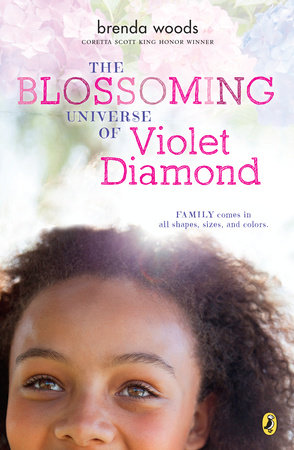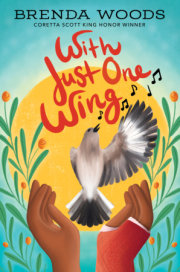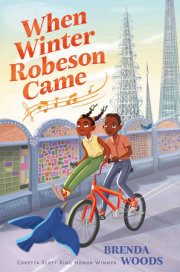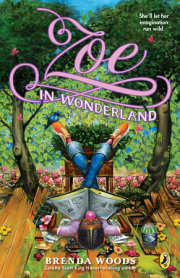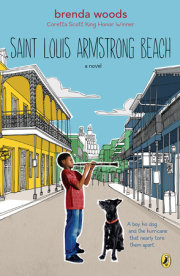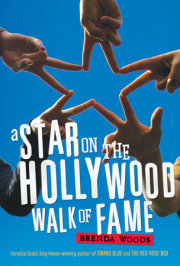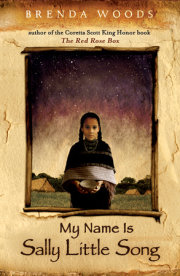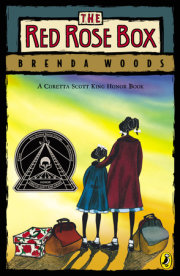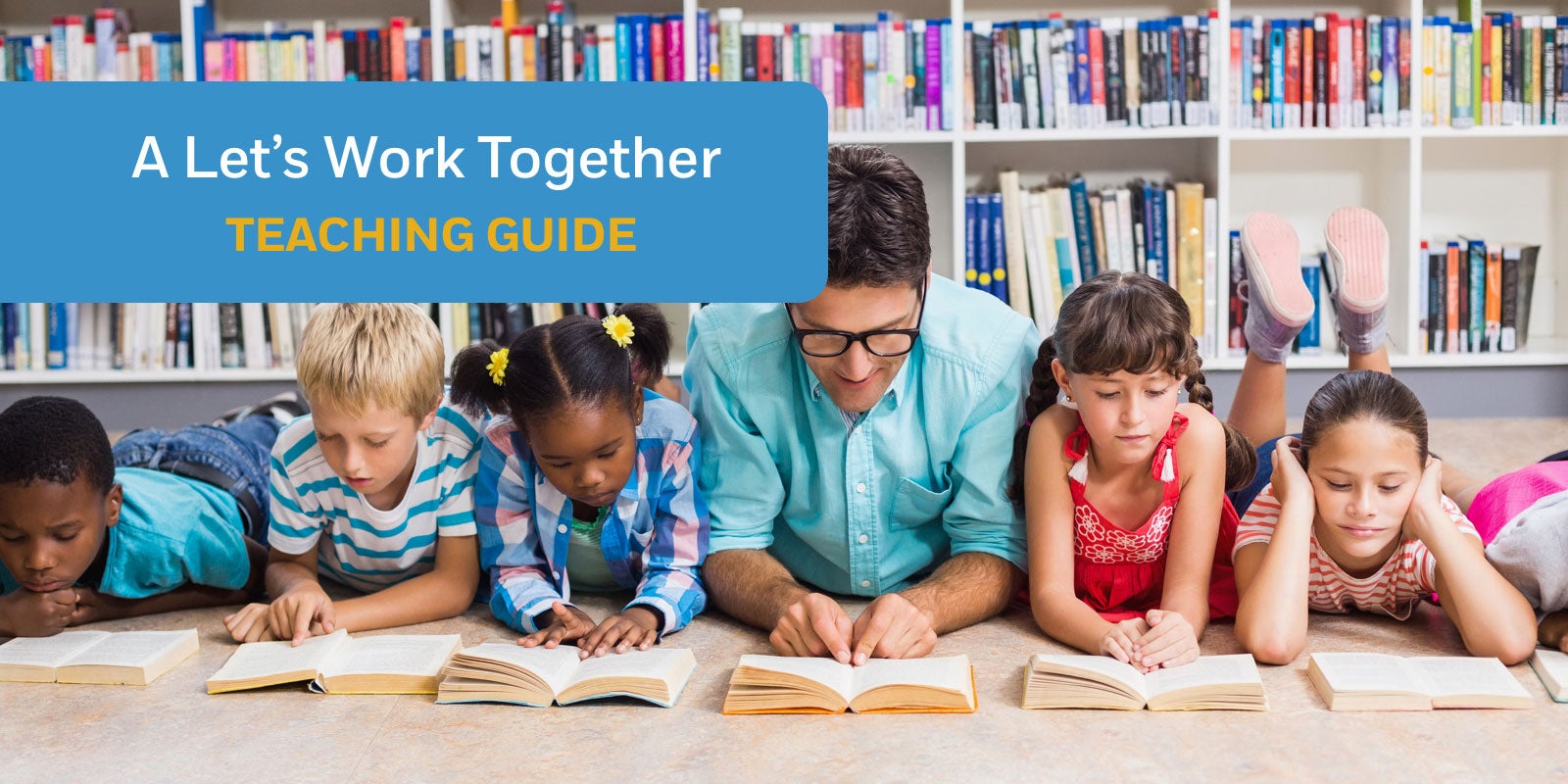1
The Puzzling Universe of Violet Diamond
Did you ever have a dream that’s so good, you wish you could save it forever instead of having it go back to that place in your mind where dreams become quieter than whispers, quiet like snowflakes falling?
And it’s such an awesome dream that makes you so happy that right after you wake up, you rush to write it down because you can’t just let it evaporate into nothing?
Did you ever have a dream like that? Last night, I did.
In my dream I was walking along one of those picture-perfect beaches you see in vacation ads, where seals sunbathe on rocks and tropical fish swim in see-through-blue water. In the distance, dolphins leaped from the ocean, and even though it was daytime and the sun was shining bright, a crescent moon hung in the sky. My mom was on one side, my dad on the other, holding my hands. Daisy, my older sister, was walking ahead of us. In my dream we all looked alike, same skin, same hair, same big white teeth that gleam when we smile.
Barefoot people walked by us on the beach and smiled. Everyone could tell, just by looking at us, we were a family. There were no question marks in their eyes, no looks on their faces that remind me of puzzles with missing pieces, no under-the-microscope stares.
But the absolute best part of the dream was that my dad was there with us. I snuggled close to him, his arm hugged my shoulder, and he looked at me with love in his eyes.
And then, my alarm went off and I woke up. Outside, the rain was pouring and a nearby lightning strike lit my room like a camera flash.
I grabbed my 500-page journal where I write down words I’ve never heard before along with their definitions, lists of all sorts of things, and my wishes that never seem to come true. I read the first wish I’d ever written.
1. I Wish My Dad Was Alive Instead of Dead.
Somehow, my wish had found its way into my dream.
I flipped to some blank pages at the back, started a new section called Dreams I Always Want to Remember, and began scribbling down the dream. Suddenly, I stopped writing and thought about the dream at the beach, my dad holding my hand, the smile that was in his eyes. Father’s Day, a day I sometimes wish didn’t exist, was coming up. I could feel my dream happiness vanish and the sadness coming, and even though I tried hard not to let them, all at once the gloomy clouds from outside got sucked in through my ears and invaded my brain. Did you know violets actually shrink? They do, and I did.
Copyright © 2015 by Brenda Woods. All rights reserved. No part of this excerpt may be reproduced or reprinted without permission in writing from the publisher.

